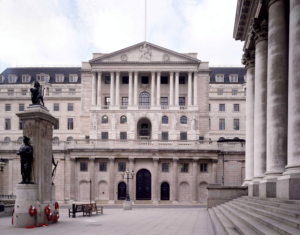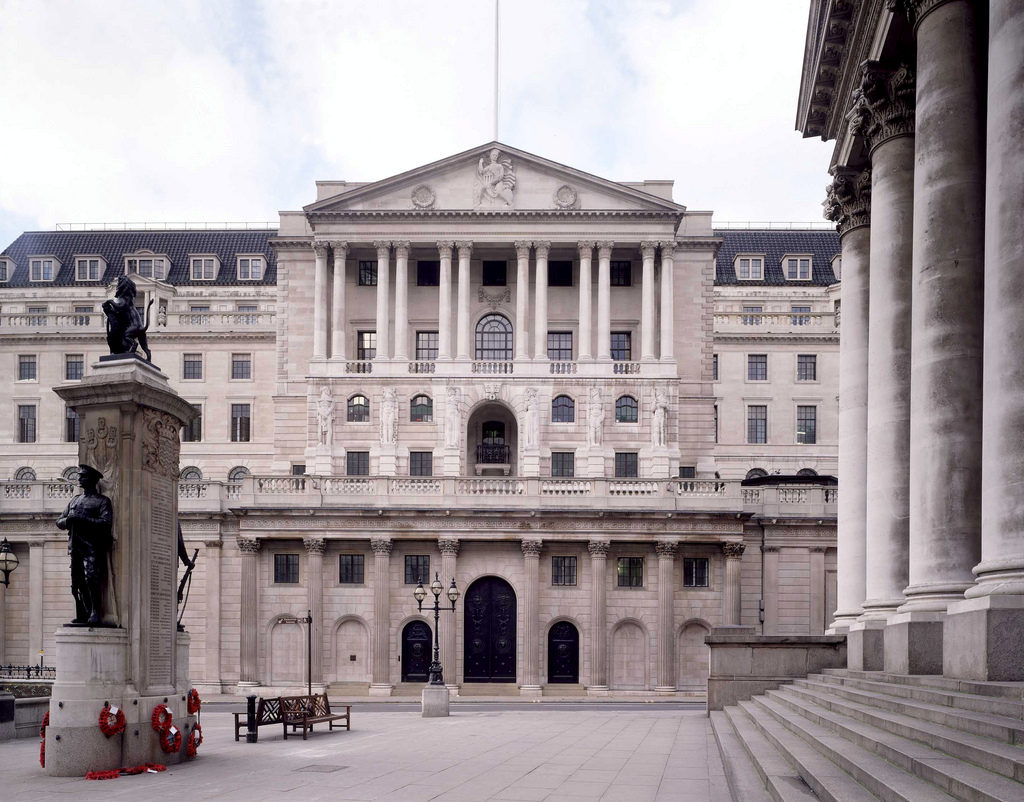28 May 2020
Accentuate The Negative
The costs of saving.
by Frank O’Nomics
 Is interest on savings a thing of the past? After centuries of positive returns, the Bank of England is contemplating setting interest rates at a negative level, while sections of the government bond market that are already there. This presents the strange concept of having to pay for the privilege of lending money. This is not easy to gets one’s head around, but the prospect of negative interest rates, while targeted at commercial banks to encourage them to lend, will have consequences for us all.
Is interest on savings a thing of the past? After centuries of positive returns, the Bank of England is contemplating setting interest rates at a negative level, while sections of the government bond market that are already there. This presents the strange concept of having to pay for the privilege of lending money. This is not easy to gets one’s head around, but the prospect of negative interest rates, while targeted at commercial banks to encourage them to lend, will have consequences for us all.
The current rate of interest that the Bank of England offers to commercial banks depositing money with them (known as Bank Rate, or Base Rate) is 0.1% – the lowest it has ever been. The Bank uses this rate as one of its policy tools to keep inflation at or near to 2%. Given that inflation is expected to remain well below this target for some time, the rate is set at an exceptionally low level in an attempt (along with quantitative easing) to stimulate the UK economy. The concern is that the current measures may not be sufficient, and that banks should be further encouraged to lend by penalising them for keeping money at the Bank of England.
Why does this matter to us? Well, the rates that banks offer on our savings are a function of the interest rates that they get from the Bank of England. With the base rate at zero, it is hard for banks to offer any return to their savings customers. Could they actually set these rates at negative also? That would be very unlikely as, although some might be prepared to pay up for the facility to keep their money safe rather than under the mattress, the banks would quickly lose the deposit base on which their business relies (they want to lend your money to businesses at a healthy rate to make a decent margin). Hence the infinitesimal interest rates currently being offered on deposit accounts (0.01% on the Bank of Scotland Access Saver account, for example).
While inflation is below target, at 0.9% it is still well above the level offered by any bank deposit account – meaning that in real terms the spending value of your money in such accounts will be falling over time. Those who wish to be prudent will be further penalised if rates are reduced again.
However, negative rates may not be that bad for everyone. We have had negative interest rates on a large proportion of European government bonds for some time, and the UK Debt Management Office recently auctioned £3.75bn of 3-year gilts at a rate of -0.007% (they had orders for £8bn). Clearly, for the institutions that bought these bonds (central banks and commercial banks needing regulatory capital) this may not look like a great deal. Yet it does help a government that needs to find £300bn to cover the costs of the current crisis. Further, these rates are used to set levels at which large corporates can borrow and mean that those businesses that are still viable could be funding themselves very cheaply.
For individuals, in addition to cash deposits being hit very hard, and the safe parts of their pension funds in government bonds offering little, there will be a big impact to those looking to retire. Annuity rates are based on the level of government bond yields and the continued fall of current and expected rates means that incomes in retirement, even from some very large pension pots, will be very small. There is a counter to this given the high incentives to move into equities, where dividend income and the prospects of capital growth are made much more attractive when compared with negative yields elsewhere. This could help push up the value of the equity elements of pensions and ISAs.
Perhaps the biggest winners are those with debt, and the benefits here could be significant. Denmark currently has the cheapest home loans, with one bank offering a rate of -0.5% – so that as each month passes the level of your debt actually falls. We will not see such rates in the UK, but low positive levels are likely to continue for some time to come. In addition, credit card companies may have to compete harder to win the business of borrowers and reduce their lending rates accordingly. Nevertheless, while this may sound encouraging there is of course a danger in encouraging people to increase their debts (from levels that were already exceptionally high), to the point where that they would struggle to service them when rates start to normalise.
Looking at the big picture, we should probably not be too scared by the consequences of a negative Bank Rate. What we should be concerned by are the reasons why we should need to adopt such measures. Negative interest rates, whether from the central bank or on government bonds, indicate economies that are expected to struggle. The Governor, Andrew Bailey, the Bank’s Chief Economist, Andy Haldane, and MPC member, Silvana Tenreyro, have all mentioned the possibility of negative rates recently. While Mr. Haldane has pointed out that the difference between “reviewing” and “doing”, Ms. Tenreyro said that the -0.5% level adopted by the ECB had had a “positive effect” in Europe. Desperate times call for desperate measures, and the Bank of England may have little alternative but to go to the extreme.


